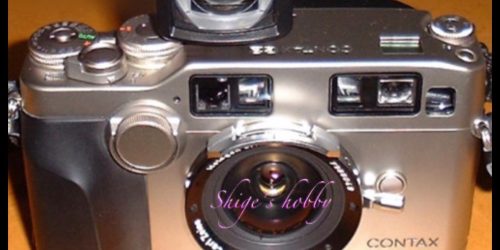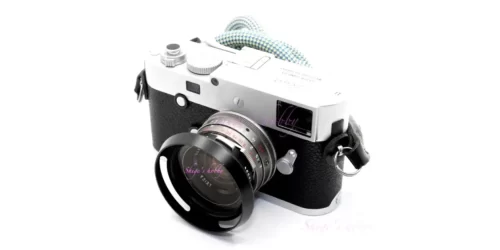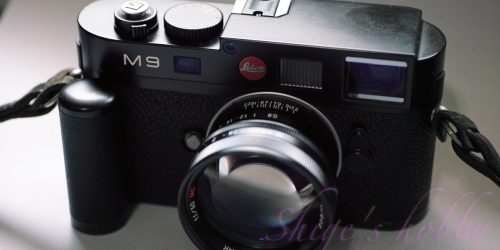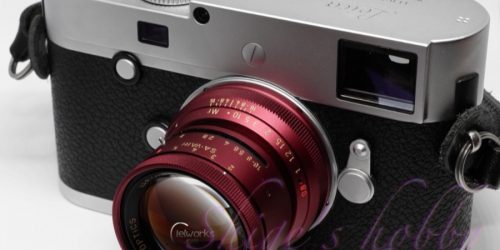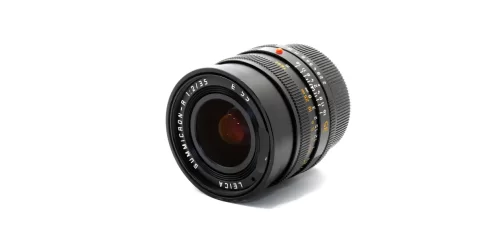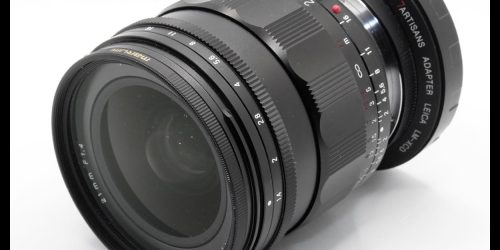SUMMICRON-M 2/90(1st)
Review of using the SUMMICRON 90mm/F2(LEICA) with a Leica M9 digital camera.
Table of contents
Gallery
Photographed with LEICA M9
Impression
M-mount 90mm lens. When mounted on an M-type camera, the lens side is heavy and the weight balance is not so good.
When the aperture is wide open, focusing with the M rangefinder is difficult, so I used to use the VISOFLEX. Nowadays, using the high-resolution EVF of mirrorless cameras makes focusing easy.
After deciding to use R-type lenses for lenses longer than 90mm, I got rid of my M-type lenses.
When I was sorting through my past photos, I found that the wet depiction of the lens has a good taste that fits well with modern lenses.
As I researched the specifications of the lens since it is an old lens, I almost stepped into the VISOFLEX swamp again, which I was once addicted to.
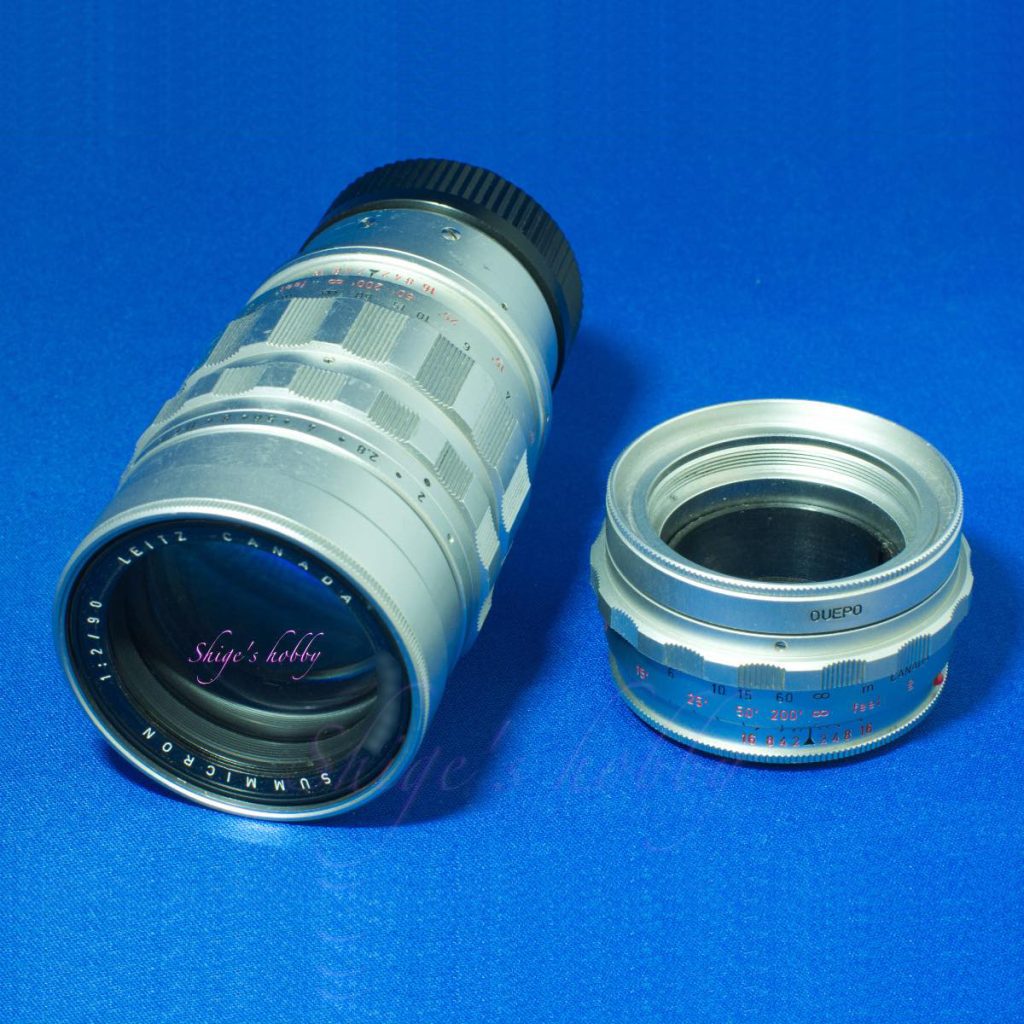
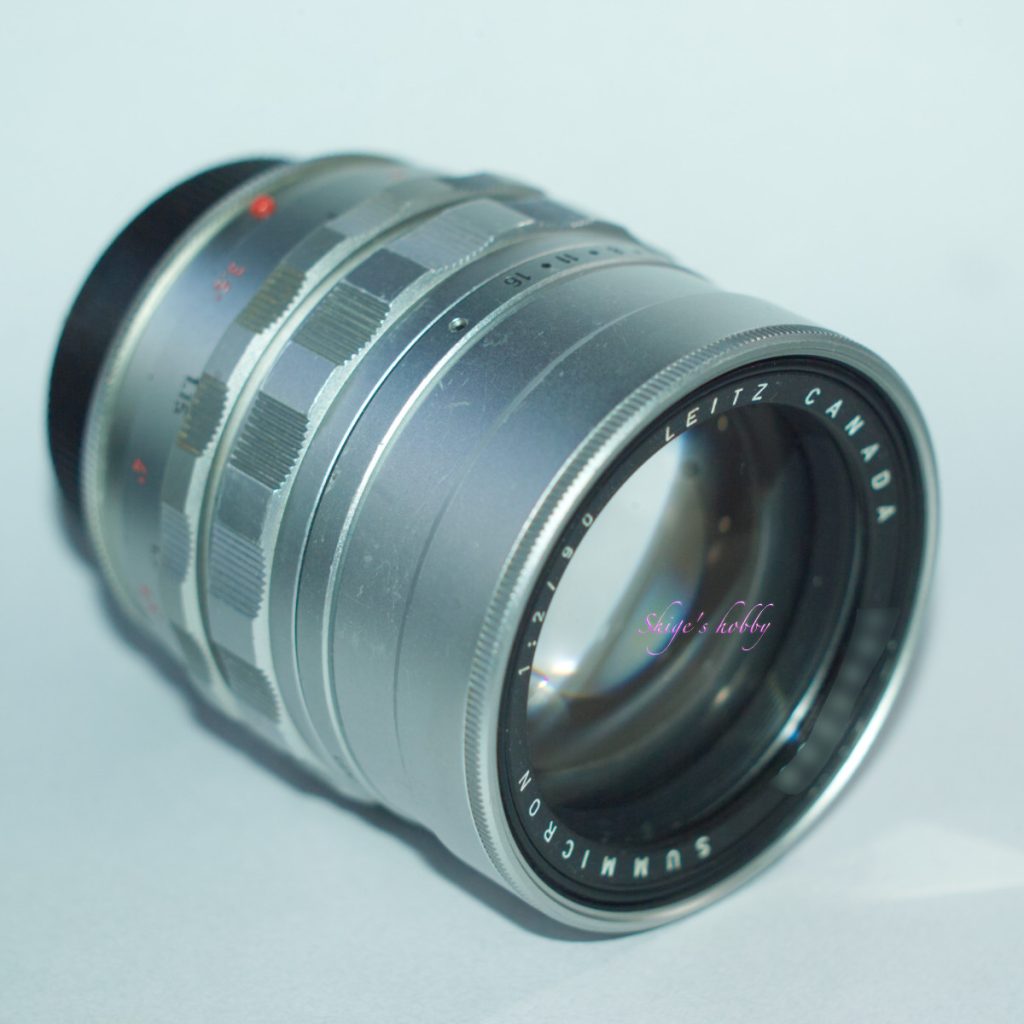
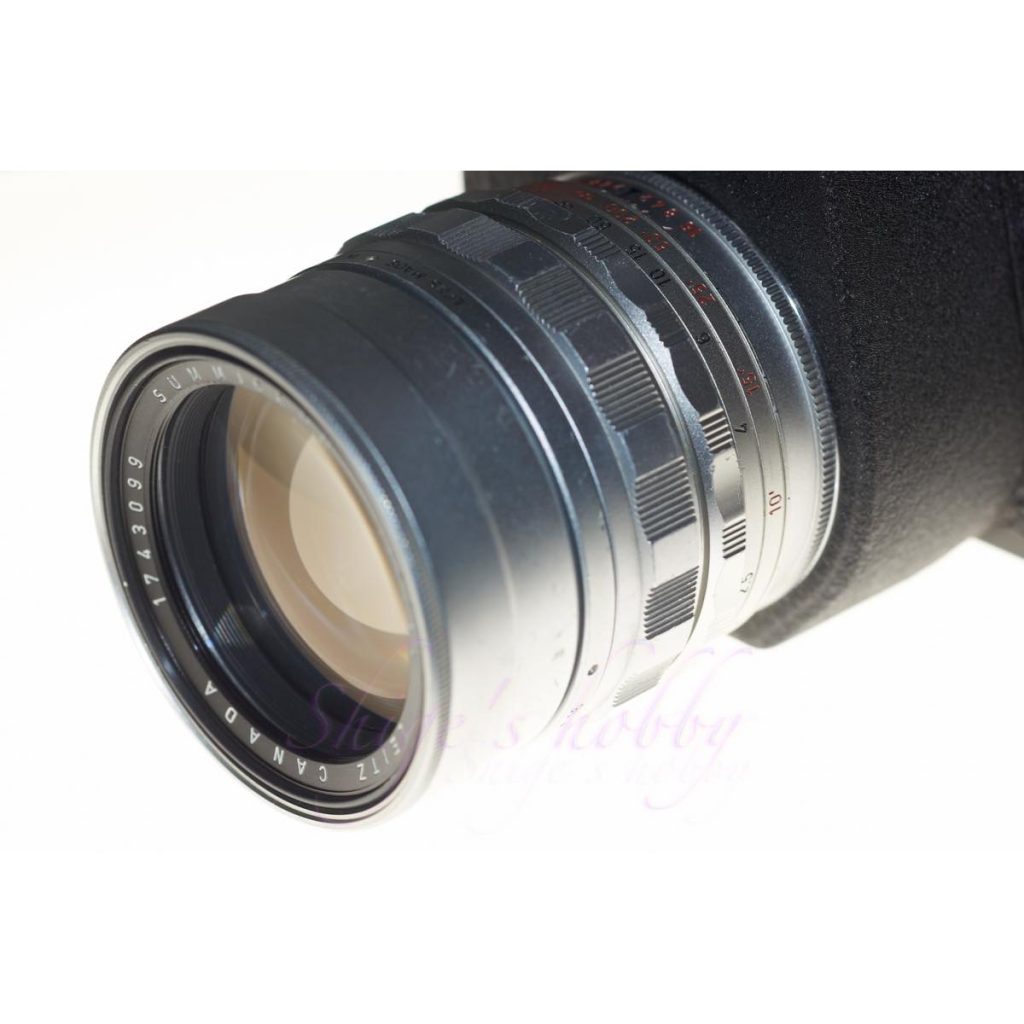
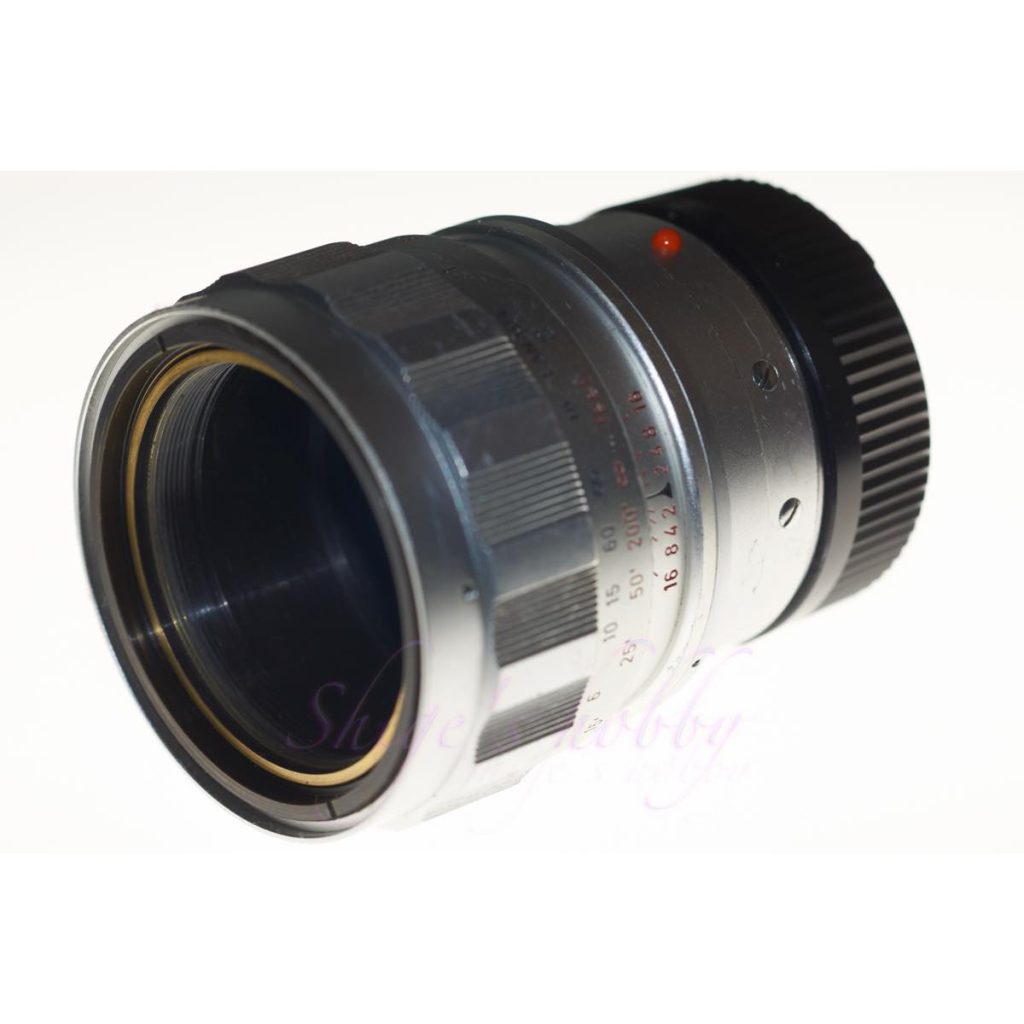
Specifications
The lens has been manufactured since 1953, and its transition has been complicated.
The following is a list of what we feel are valid notations based on several references.
One is that only lenses with a hood attached (hood model number: SOOZI), which can sometimes be found used since 2010, are considered as first generation Zmicron-M. The other is that lenses with an integrated hood but with a filter diameter of E48 are included in the first generation Zmicron.
Since the lens construction is the same for all the Summicrons up to the E55mm, it is difficult to determine where to separate them, and it may be reasonable to adopt the most obvious difference in appearance, but here, in relation to the VISOFLEX option described next, the lenses with hoods are classified as early first generation, the E48 lens as late first generation, E 49 is the second generation, and E55 is the third generation.
The lens barrel of the E48 Summicron is available in silver or black, and the lens optic is screwed into the M-mount helicoid. A helicoid (focusing adapter 16463/ZOOEP) was prepared for this lens in the VISOFLEX-II era, and when the helicoid is replaced, the lens becomes a VISOFLEX-M type lens.
The VISOFLEX helicoid is quite difficult to use, and the 16463 (ZOOEP, silver color) is thought to be dedicated to the first mid-term Zmicron. The lens is available in black, but I have never seen the 16463 in black.
I also tried to fit 16463 into the lens section of an Elmarit-M 135mm with glasses, but it did not fit due to its different construction.
The second generation Zmicron-M 90mm which became E49 is considered to be only black color, and the second generation Zmicron uses a helicoid (focusing adapter 16462, black color) from the VISOFLEX-III era. This helicoid 16462 can be used in common with the Elmarit-M 135mm with glasses.
The E49 type, which is called the second generation Zmicron, was released in 1963, and the Elmarit-M 135mm with glasses was released in 1962, so the VISOFLEX-III-era helicoids can be used in common. It is somewhat strange that the E49 type adopts a younger adapter model number, but we do not have the material to track this down at this time.
The third generation Zumikron has a filter diameter of E55 and a modern appearance. The lens and helicoid were integrated into one piece, and the ability to separate them for attachment to the VISOFLEX was eliminated. The lens construction is the same as that of the ZUMIKRON-R 90mm. The hood is still a built-in type, but the shape is a simple cylindrical hood without steps.
The Leica Wiki (reference link) says to use the focusing adapter 16464 for VISO with the original Zmicron-M 90mm / Elmarit-M 135mm with glasses, etc. However, 16464 is an adapter for use with the Elmar 65mm, etc., and cannot be used with the Zmicron-M 90mm. M 90mm. In addition, the Leica Wiki is not complete in its description of the second generation Summicron, as it includes a photo of the first Summicron-M 90mm in silver.
The VISOFLEX mount has a long flange back and can be used with a variety of mount adapters, including the LEICA-R mount adapter for use with R-type LEICA cameras.
The extension tube OUEPO, which shortens the minimum focus distance, is available in black or silver and can be used with either the 16463/16462.
| Item | Value | note |
| Focal length(mm) | 90 | |
| Max aperture | 2 | |
| Min aperture | 16 | |
| Leaf blade | 15 | |
| Lens Construction | 5elements 6group | |
| Min distance(m) | 1.0 | linked to camera rangefinder |
| Length(mm) | 110 | Distance from mount surface |
| Max diameter(mm) | 66 | Not include tripod stay |
| Filter size(mm) | 48 | E48 |
| Weight(g) | 660 | |
| Release year | 1953 |
Reference links
